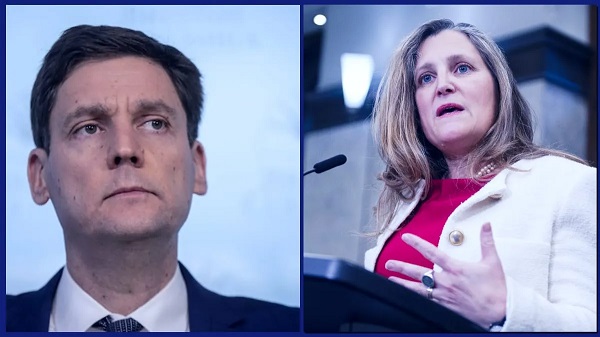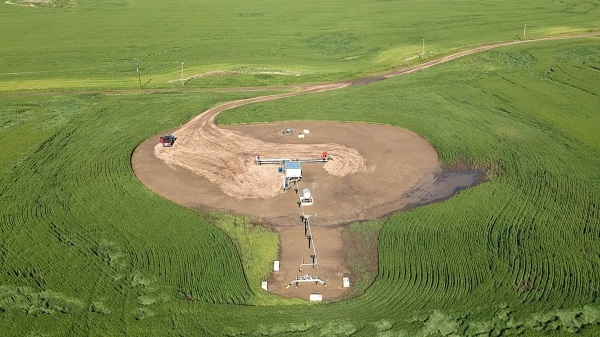Alberta
Alberta extracting more value from oil and gas resources: ATB
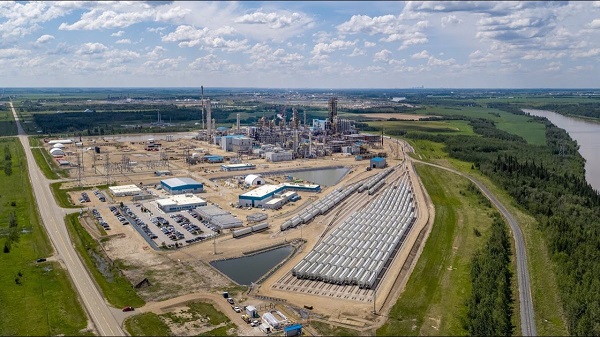
From the Canadian Energy Centre
By Will Gibson
Investment in ‘value-added’ projects more than doubled to $4 billion in 2024
In the 1930s, economist Harold Innis coined the term “hewers of wood and drawers of water” to describe Canada’s reliance on harvesting natural resources and exporting them elsewhere to be refined into consumer products.
Almost a century later, ATB Financial chief economist Mark Parsons has highlighted a marked shift in that trend in Alberta’s energy industry, with more and more projects that upgrade raw hydrocarbons into finished products.
ATB estimates that investment in projects that generate so-called “value-added” products like refined petroleum, hydrogen, petrochemicals and biofuels more than doubled to reach $4 billion in 2024.
“Alberta is extracting more value from its natural resources,” Parsons said.
“It makes the provincial economy somewhat more resilient to boom and bust energy price cycles. It creates more construction and operating jobs in Alberta. It also provides a local market for Alberta’s energy and agriculture feedstock.”
The shift has occurred as Alberta’s economy adjusts to lower levels of investment in oil and gas extraction.
While overall “upstream” capital spending has been rising since 2022 — and oil production has never been higher — investment last year of about $35 billion is still dramatically less than the $63 billion spent in 2014.
Parsons pointed to Dow’s $11 billion Path2Zero project as the largest value-added project moving ahead in Alberta.
The project, which has support from the municipal, provincial and federal governments, will increase Dow’s production of polyethylene, the world’s most widely used plastic.
By capturing and storing carbon dioxide emissions and generating hydrogen on-site, the complex will be the world’s first ethylene cracker with net zero emissions from operations.
Other major value-added examples include Air Products’ $1.6 billion net zero hydrogen complex, and the associated $720 million renewable diesel facility owned by Imperial Oil. Both projects are slated for startup this year.
Parsons sees the shift to higher value products as positive for the province and Canada moving forward.
“Downstream energy industries tend to have relatively high levels of labour productivity and wages,” he said.
“A big part of Canada’s productivity problem is lagging business investment. These downstream investments, which build off existing resource strengths, provide one pathway to improving the country’s productivity performance.”
Heather Exner-Pirot, the Macdonald-Laurier Institute’s director of energy, natural resources and environment, sees opportunities for Canada to attract additional investment in this area.
“We are able to benefit from the mistakes of other regions. In Germany, their business model for creating value-added products such as petrochemicals relies on cheap feedstock and power, and they’ve lost that due to a combination of geopolitics and policy decisions,” she said.
“Canada and Alberta, in particular, have the opportunity to attract investment because they have stable and reliable feedstock with decades, if not centuries, of supply shielded from geopolitics.”
Exner-Pirot is also bullish about the increased market for low-carbon products.
“With our advantages, Canada should be doing more to attract companies and manufacturers that will produce more value-added products,” she said.
Like oil and gas extraction, value-added investments can help companies develop new technologies that can themselves be exported, said Shannon Joseph, chair of Energy for a Secure Future, an Ottawa-based coalition of Canadian business and community leaders.
“This investment creates new jobs and spinoffs because these plants require services and inputs. Investments such as Dow’s Path2Zero have a lot of multipliers. Success begets success,” Joseph said.
“Investment in innovation creates a foundation for long-term diversification of the economy.”
Agriculture
Lacombe meat processor scores $1.2 million dollar provincial tax credit to help expansion
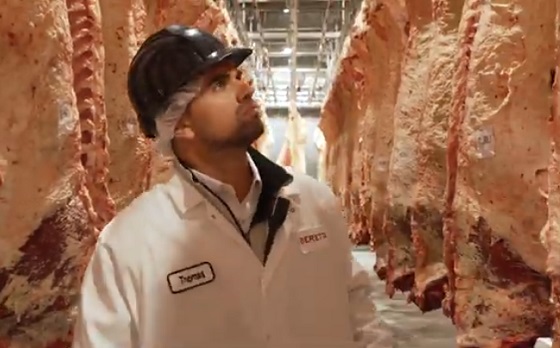
Alberta’s government continues to attract investment and grow the provincial economy.
The province’s inviting and tax-friendly business environment, and abundant agricultural resources, make it one of North America’s best places to do business. In addition, the Agri-Processing Investment Tax Credit helps attract investment that will further diversify Alberta’s agriculture industry.
Beretta Farms is the most recent company to qualify for the tax credit by expanding its existing facility with the potential to significantly increase production capacity. It invested more than $10.9 million in the project that is expected to increase the plant’s processing capacity from 29,583 to 44,688 head of cattle per year. Eleven new employees were hired after the expansion and the company plans to hire ten more. Through the Agri-Processing Investment Tax Credit, Alberta’s government has issued Beretta Farms a tax credit of $1,228,735.
“The Agri-Processing Investment Tax Credit is building on Alberta’s existing competitive advantages for agri-food companies and the primary producers that supply them. This facility expansion will allow Beretta Farms to increase production capacity, which means more Alberta beef across the country, and around the world.”
“This expansion by Beretta Farms is great news for Lacombe and central Alberta. It not only supports local job creation and economic growth but also strengthens Alberta’s global reputation for producing high-quality meat products. I’m proud to see our government supporting agricultural innovation and investment right here in our community.”
The tax credit provides a 12 per cent non-refundable, non-transferable tax credit when businesses invest $10 million or more in a project to build or expand a value-added agri-processing facility in Alberta. The program is open to any food manufacturers and bio processors that add value to commodities like grains or meat or turn agricultural byproducts into new consumer or industrial goods.
Beretta Farms’ facility in Lacombe is a federally registered, European Union-approved harvesting and meat processing facility specializing in the slaughter, processing, packaging and distribution of Canadian and United States cattle and bison meat products to 87 countries worldwide.
“Our recent plant expansion project at our facility in Lacombe has allowed us to increase our processing capacities and add more job opportunities in the central Alberta area. With the support and recognition from the Government of Alberta’s tax credit program, we feel we are in a better position to continue our success and have the confidence to grow our meat brands into the future.”
Alberta’s agri-processing sector is the second-largest manufacturing industry in the province and meat processing plays an important role in the sector, generating millions in annual economic impact and creating thousands of jobs. Alberta continues to be an attractive place for agricultural investment due to its agricultural resources, one of the lowest tax rates in North America, a business-friendly environment and a robust transportation network to connect with international markets.
Quick facts
- Since 2023, there are 16 applicants to the Agri-Processing Investment Tax Credit for projects worth about $1.6 billion total in new investment in Alberta’s agri-processing sector.
- To date, 13 projects have received conditional approval under the program.
- Each applicant must submit progress reports, then apply for a tax credit certificate when the project is complete.
- Beretta Farms has expanded the Lacombe facility by 10,000 square feet to include new warehousing, cooler space and an office building.
- This project has the potential to increase production capacity by 50 per cent, thereby facilitating entry into more European markets.
Related information
Alberta
Alberta Next: Alberta Pension Plan

From Premier Danielle Smith and Alberta.ca/Next
Let’s talk about an Alberta Pension Plan for a minute.
With our young Alberta workforce paying billions more into the CPP each year than our seniors get back in benefits, it’s time to ask whether we stay with the status quo or create our own Alberta Pension Plan that would guarantee as good or better benefits for seniors and lower premiums for workers.
I want to hear your perspective on this idea and please check out the video. Get the facts. Join the conversation.
Visit Alberta.ca/next
-

 Agriculture2 days ago
Agriculture2 days agoCanada’s supply management system is failing consumers
-

 Economy2 days ago
Economy2 days agoTrump opens door to Iranian oil exports
-

 Alberta1 day ago
Alberta1 day agoCOVID mandates protester in Canada released on bail after over 2 years in jail
-

 Alberta1 day ago
Alberta1 day agoAlberta uncorks new rules for liquor and cannabis
-

 Business24 hours ago
Business24 hours agoCanada’s loyalty to globalism is bleeding our economy dry
-
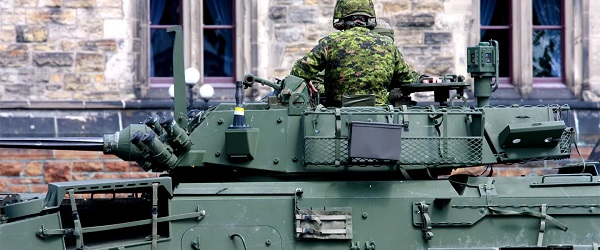
 armed forces23 hours ago
armed forces23 hours agoCanada’s Military Can’t Be Fixed With Cash Alone
-

 Crime1 day ago
Crime1 day agoProject Sleeping Giant: Inside the Chinese Mercantile Machine Linking Beijing’s Underground Banks and the Sinaloa Cartel
-

 International1 day ago
International1 day agoTrump transportation secretary tells governors to remove ‘rainbow crosswalks’




